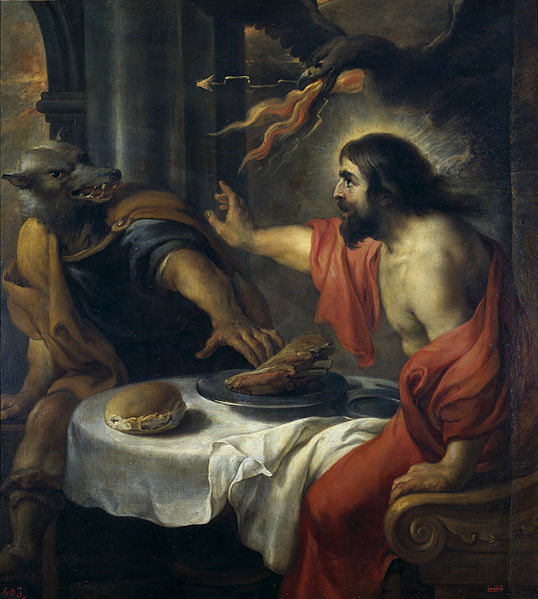Jupiter and Lycaon (Zeus and Lycaon)
Jupiter and Lycaon - Jan Cossiers (1600-1671) - Prado Museum
Date: 1636-38
Medium: Oil on canvas
Dimensions: 120.0 x 115.0 cm
Medium: Oil on canvas
Dimensions: 120.0 x 115.0 cm
|
Jupiter and Lycaon was painted between 1636 and 1638 by Jan Cossiers, with the oil on canvas work undertaken for the Torre de la Parada, the Spanish Royal Hunting Lodge.
Although titled Jupiter and Lycaon, the painting depicts a tale from Greek mythology where Zeus meets with King Lycaon of Pelasgia. Lycaon though seeks to test the divinity of Zeus, and so serves up his own son as part of a banquet. An outraged Zeus transforms Lycaon into a wolf, along with Lycaon's other sons, and some say that Lycaon was therefore the first werewolf. More information about Lycaon can be found here - (website opens in new window) Jan Cossiers |
|
Born: 15 July 1600: Antwerp
Died: 4 July 1671; Antwerp
Nationality: Flemish
Art Movement: Baroque
Painting School: Flemish School, Antwerp School
Died: 4 July 1671; Antwerp
Nationality: Flemish
Art Movement: Baroque
Painting School: Flemish School, Antwerp School
